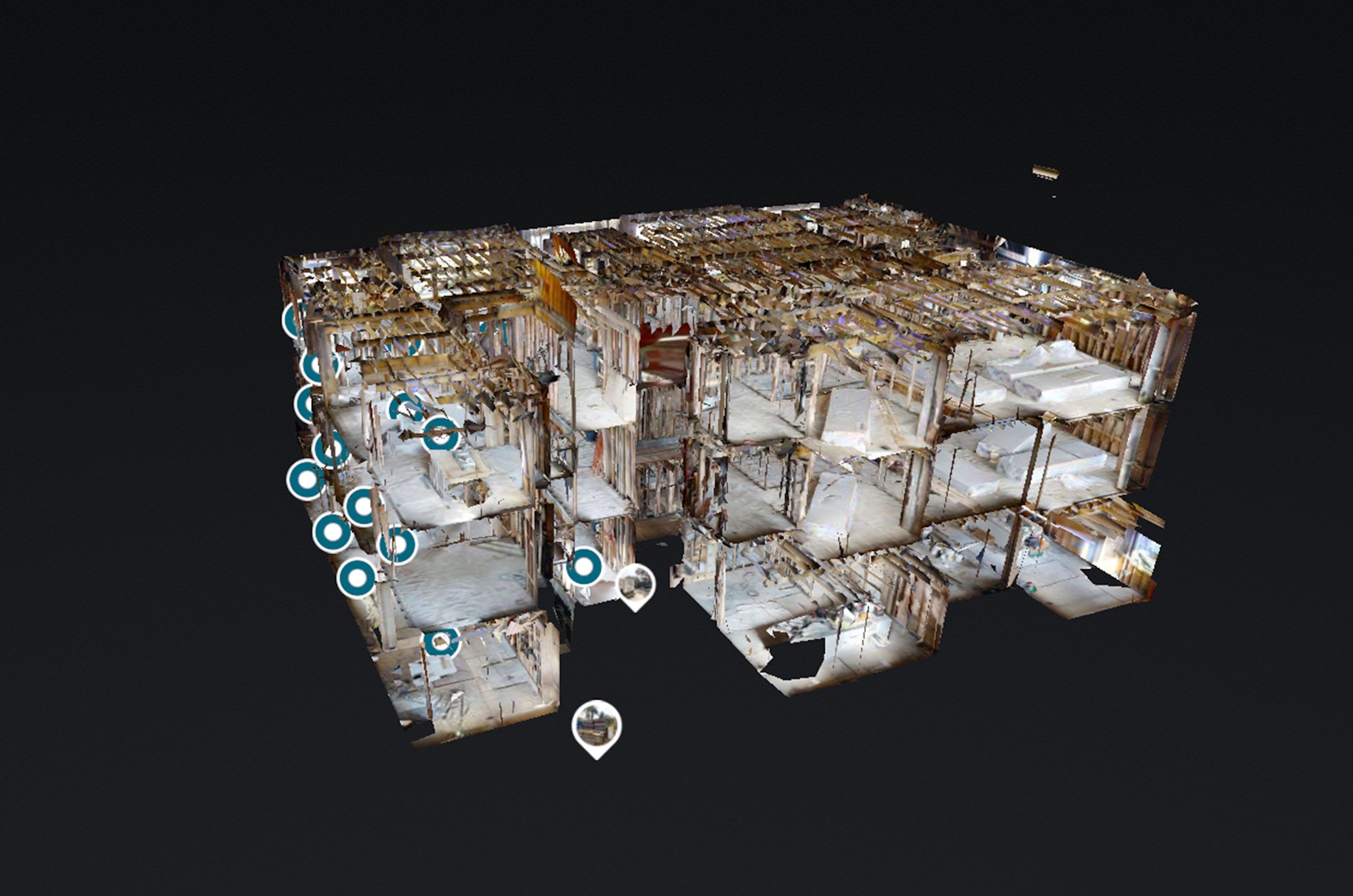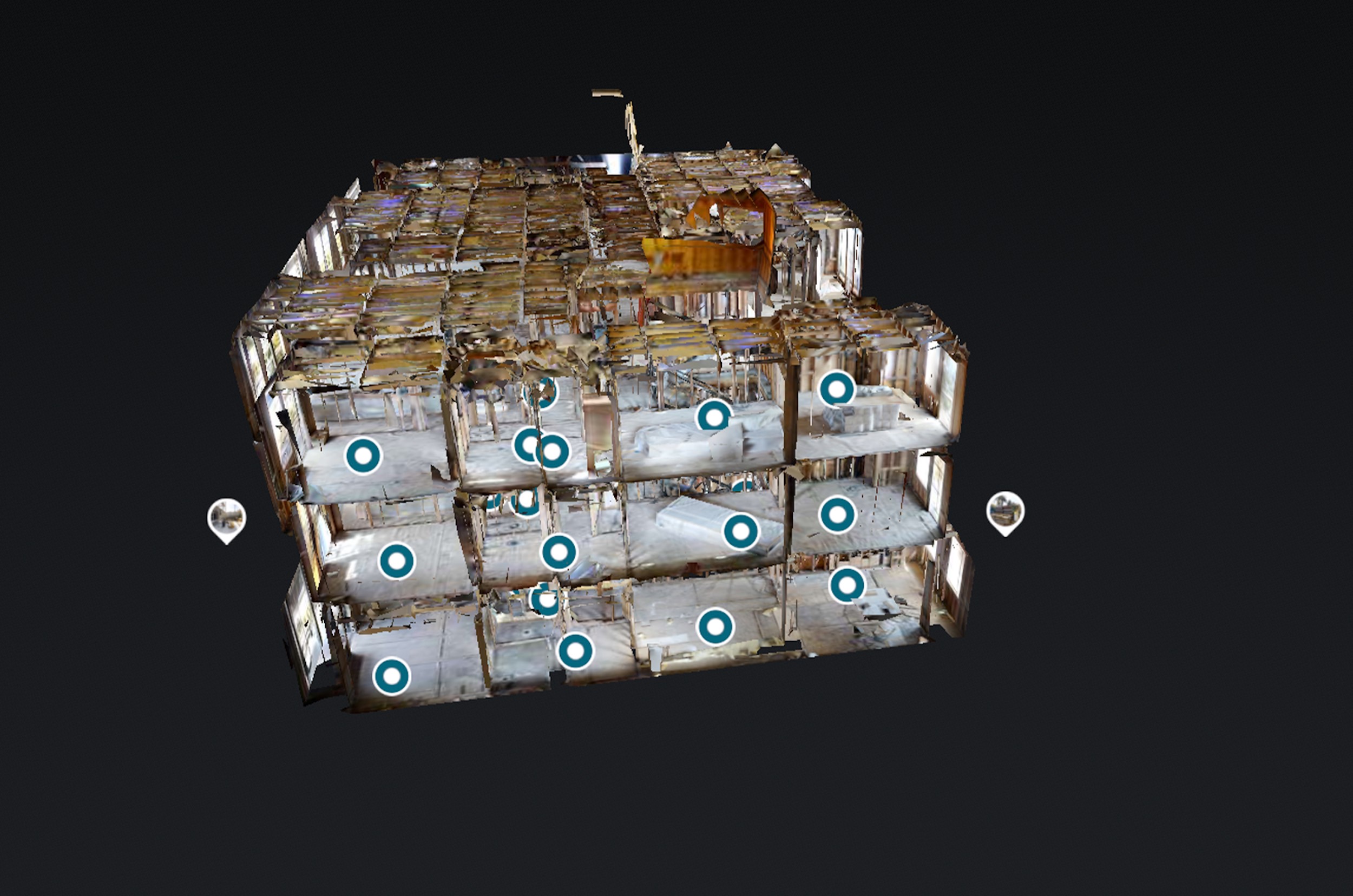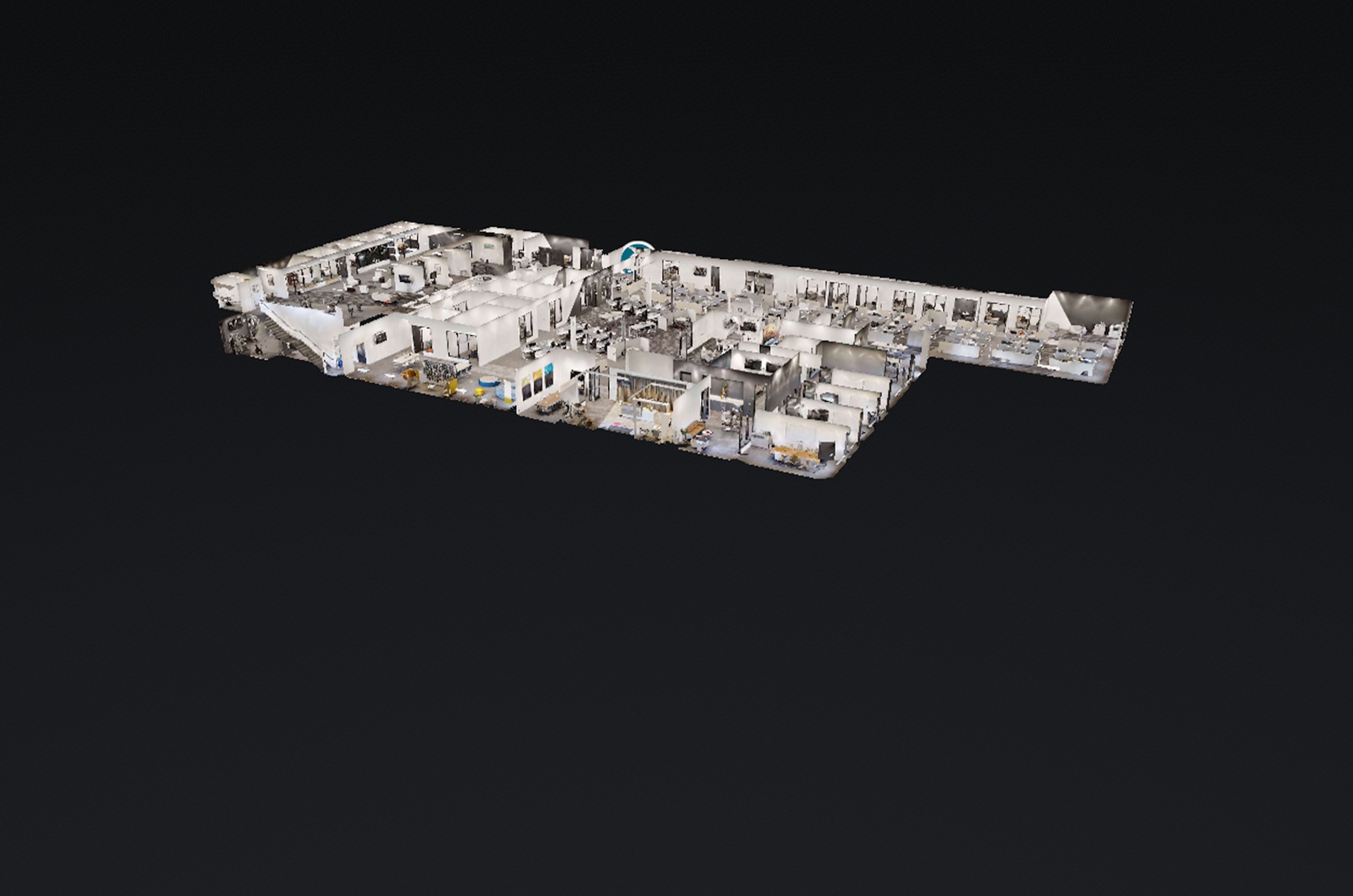As the digital age evolves, so too do the methods by which restaurants engage with their audience. Interactive 360 virtual tours stand at the forefront of this evolution, offering more than just a visual walkthrough of dining establishments.
These tours provide an all-encompassing, interactive experience that can effectively convert online viewers into actual diners. Let’s delve into the unique benefits and creative implementations of 360 virtual tours in the context of fine dining and upscale restaurants.
Transforming Restaurant Marketing with Virtual Reality
- Enhanced Online Presence In an era where online presence can make or break a business, interactive 360 virtual tours significantly amplify a restaurant’s digital footprint. By allowing potential diners to explore the space, these tours improve SEO rankings and increase the time spent on the restaurant’s website, which can positively affect search engine visibility.
- Event Planning Showcase For restaurants that host private events or parties, interactive 360 tours can serve as an invaluable tool. Planners and customers can explore private dining rooms and event spaces, getting a feel for the layout and suitability for their events, which aids in the decision-making process and increases booking confidence.
- Building Trust Through Transparency Offering a virtual tour speaks volumes about a restaurant’s confidence in its offerings and environment. This transparency builds trust with potential customers, showing them exactly what to expect, and smoothing over any hesitations about booking a table.
Innovative Uses of Virtual Tours in Fine Dining
- Integration with Table Reservation Systems Linking the virtual tour directly to a table reservation system can streamline the booking process. As customers explore the tour, they can select and book their preferred table, enhancing the user experience with seamless integration.
- Social Media Integration Restaurants can extend the reach of their virtual tours by integrating them with social media platforms. Sharing snippets of the tour can attract a broader audience, encouraging shares and interactions that boost social engagement and draw more visitors to their site.
Conclusion
Interactive 360 virtual tours are more than just a novelty; they are a strategic marketing tool that can significantly enhance how restaurants connect with their audiences. By providing an immersive, informative, and interactive online experience, these tours not only attract more customers but also offer them a new way to engage with culinary spaces. For restaurants looking to elevate their customer engagement and online marketing strategies, adopting interactive 360 virtual tours is a step towards future-proofing their business in the digital world.







